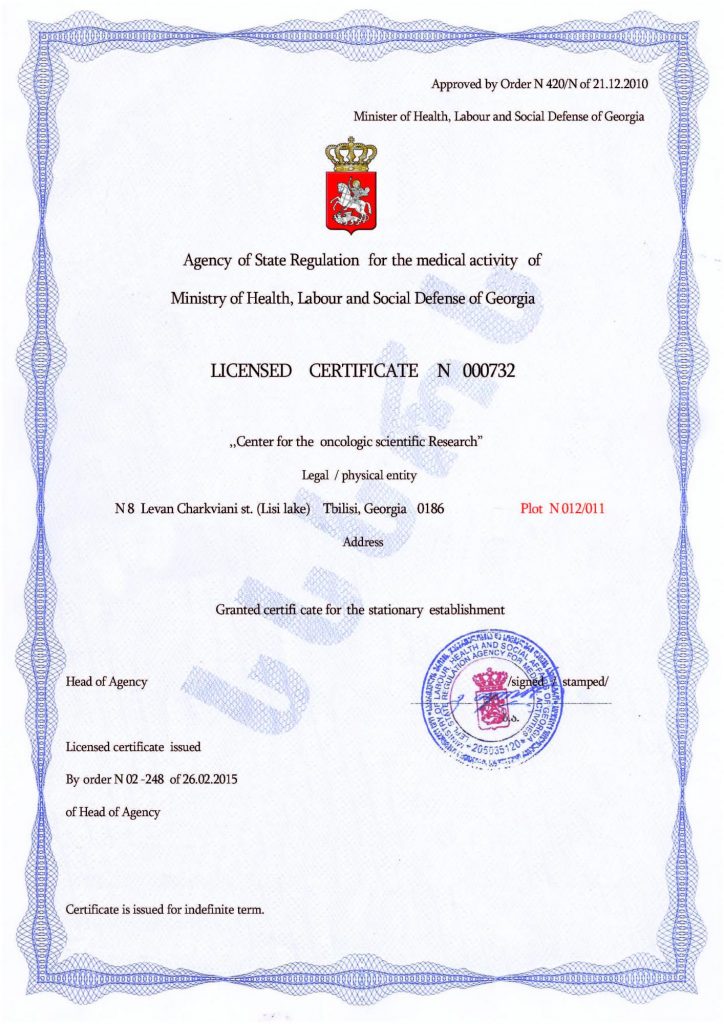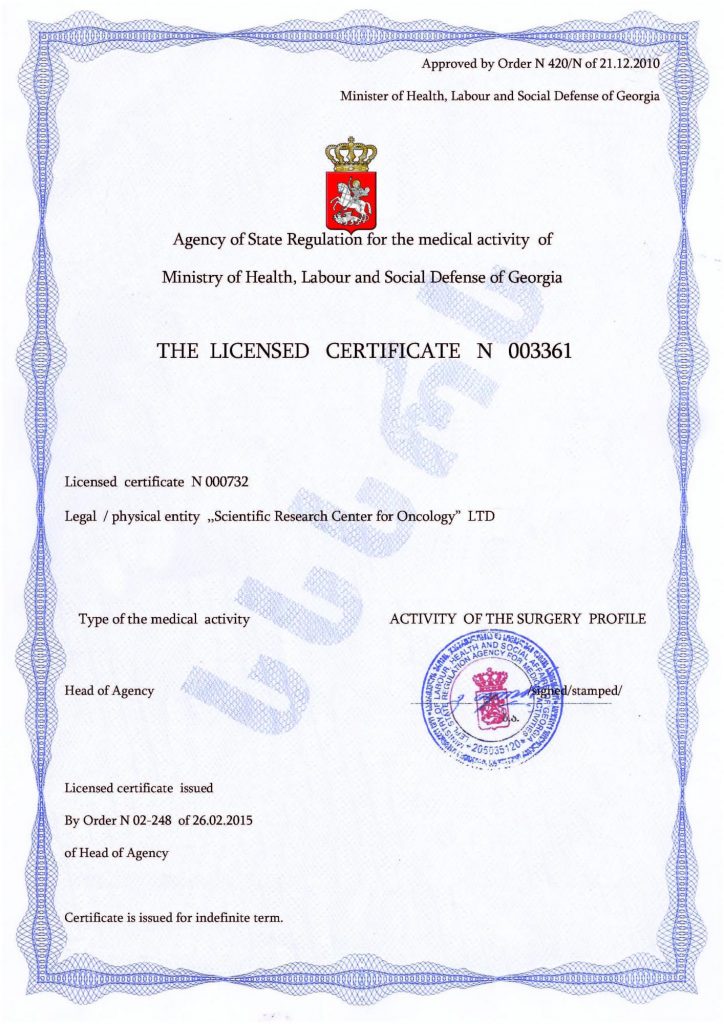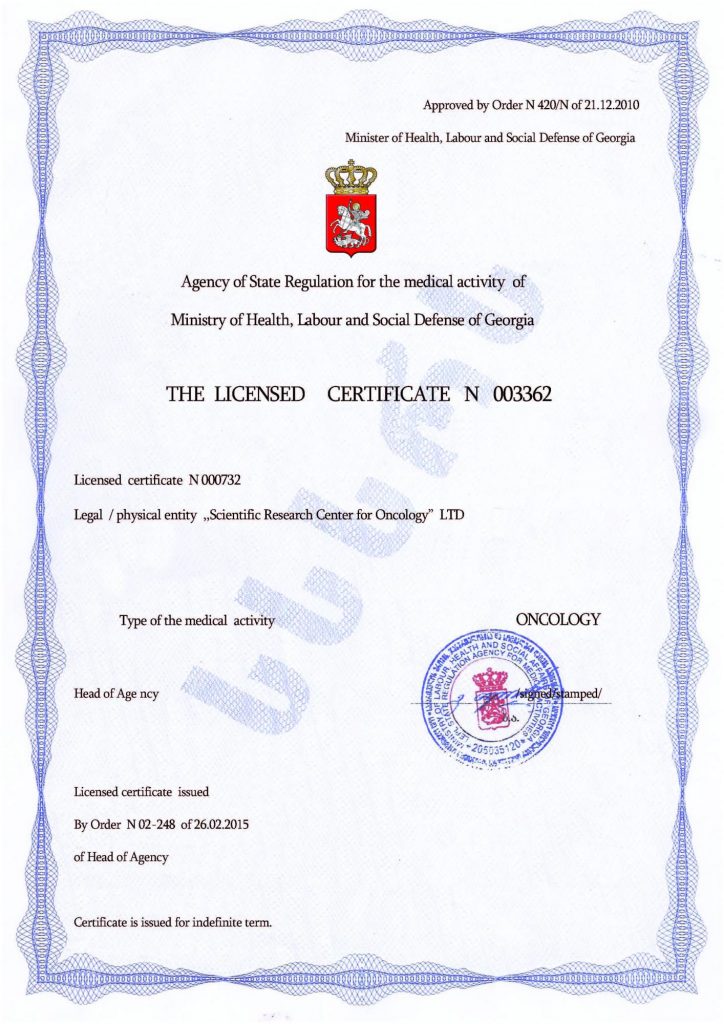Untidiness in Autism: The Problem and Solutions
Maintaining hygiene, especially in a comprehensive manner, can be a challenge for autistic individuals. This is not an individual trait of each person — this behavior is characteristic of many, to a greater or lesser extent. However, it should not be a reason for reproach, as the untidiness of autistic individuals is a consequence of the disorder and can be triggered by various factors. Some possible causes include:
- Sensory sensitivity — unpleasant sensations from water, soap, toothpaste texture, or the sound of a hairdryer.
- Disruption of daily routine — if there is no clear schedule, an autistic person may forget the need for even regular hygiene tasks like brushing teeth.
- Difficulty understanding the sequence of actions — some individuals may struggle to remember the order of hygiene procedures.
- Lack of motivation — not everyone understands why it’s important to keep the body clean, especially if there is no obvious discomfort.
Fortunately, the situation can be corrected, and it is not difficult to do so. In the process of adapting to hygiene rules, the following methods can help:
- Clear schedule — for example, washing face in the morning and evening at the same time.
- Visual cues — pictures or step-by-step instructions.
- Simple explanations — explaining why it’s important to wash, brush teeth, and trim nails.
- Comfortable hygiene products — a toothbrush with soft bristles, toothpaste without foam, unscented shampoo, comfortable clothing.
- Choice of products — primarily referring to toothpaste, soap, and shampoo.
- Rewards — these can include treats, allowing more free time, homemade prizes, or simple praise.
Perhaps the key factors in this process are consistency, step-by-step progression, and a relaxed pace. Autistic individuals should not be rushed — they need to learn new skills and apply them at their own comfortable pace. Pressure, on the other hand, will only lead to resistance and may cause stress, which could result in withdrawal and non-responsiveness to demands.
Cell Therapy: A Solution to the Root Cause
To avoid this and improve behavioral, cognitive, and other functions, it is necessary, first and foremost, to address the root cause of the problems, which is autism. Various methods can be used to fight it, but the most effective approach today is the most modern — cellular therapy. This method helps manage not only the symptoms of the disorder but also the disorder itself, and it is safe and completely natural.
This is because it uses the body’s regenerative powers, which can be “awakened” through stem cell transplantation. The stem cells are taken from the patient themselves, so the transplanted material does not trigger an immune response, and rejection is excluded. Stem cells have the unique ability to transform into any other type of cell, replacing damaged cells with healthy analogs, correcting the disruptions in brain and nervous system functions. As a result of this process, the brain and nervous system begin to function properly, causing the symptoms of autism to disappear or become less pronounced, and the effectiveness of other therapeutic methods increases significantly. These positive changes are long-lasting, often for life.
Cellular therapy is so promising that it may become the primary approach in the treatment of autism spectrum disorders. It has already gained widespread recognition — it is used in leading clinics around the world, and one of the leaders in this field is the Mardaleishvili Medical Center. Its doctors have accumulated extensive practical experience in the successful treatment of autism and are equipped with state-of-the-art technology. The quality of services meets the highest global standards, and their cost is lower than in other countries with comparable healthcare systems. Moreover, assistance is available for therapy preparation, including trip planning and accommodation arrangements.
Fill out the feedback form — begin your path to recovery!
Autism Treatment Center Videos
Autism treatment with own stem cells
Cord blood association congress
International Quality Crown
Autism Treatment Reviews
Autism treatment with own stem cells
The story of Alessandro (6 years old)
Autism Patient Testimonial - Stem Cell Treatment
Clients Testimonials
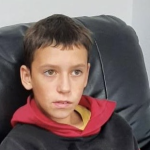
Feedback from Igor, David’s father (12 years old) Read More
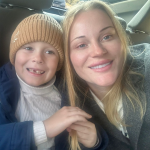
Feedback from Olga, Fedya’s mother Read More
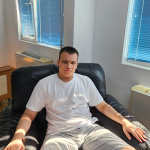
Feedback from Natalia, Radomir’s mother (15 years old) Read More
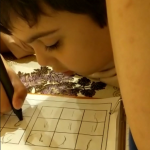
Feedback from Esther, Samuel’s mother (8 years old) Read More
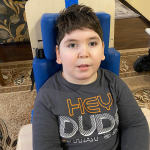
Feedback from Abibe, Selim’s mother (7 years old) Read More









